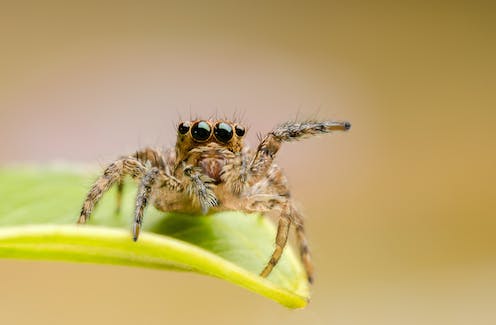Curious Kids: do all animals have belly buttons?
Alena Ozerova/Shutterstock Do live-born lizards have belly buttons, and do live-born reptiles have an umbilical cord? – Gaelle, aged 12, Bristol, UK What an interesting question! A belly button or tummy button is technically known as a navel or umbilicus. Humans have belly buttons because before we are born, we are connected to our mothers via an umbilical cord. This is a tube that delivers nourishment to the unborn baby, known as an embryo, and removes waste. It runs from the placenta – an organ in the mother that provides a source of food and oxygen – to the tummy of the embryo. Once a baby is born, it can get nourishment such as milk through its mouth, and theContinue Reading




















